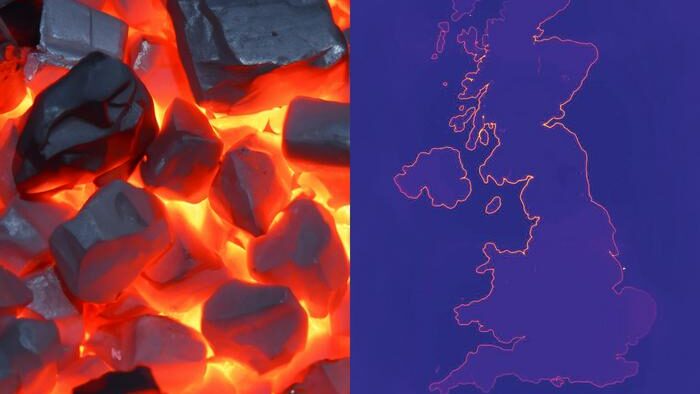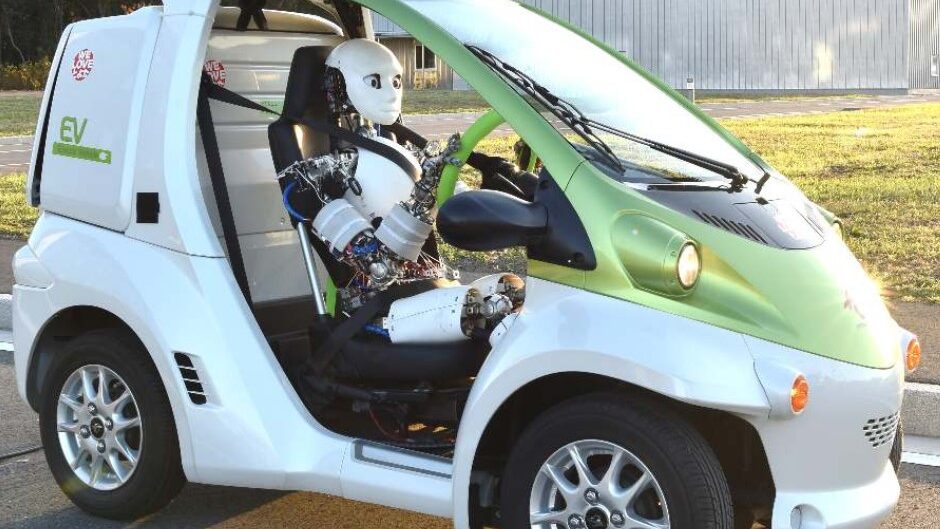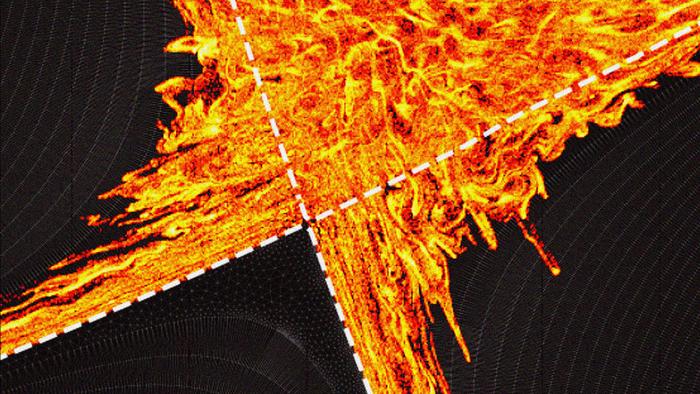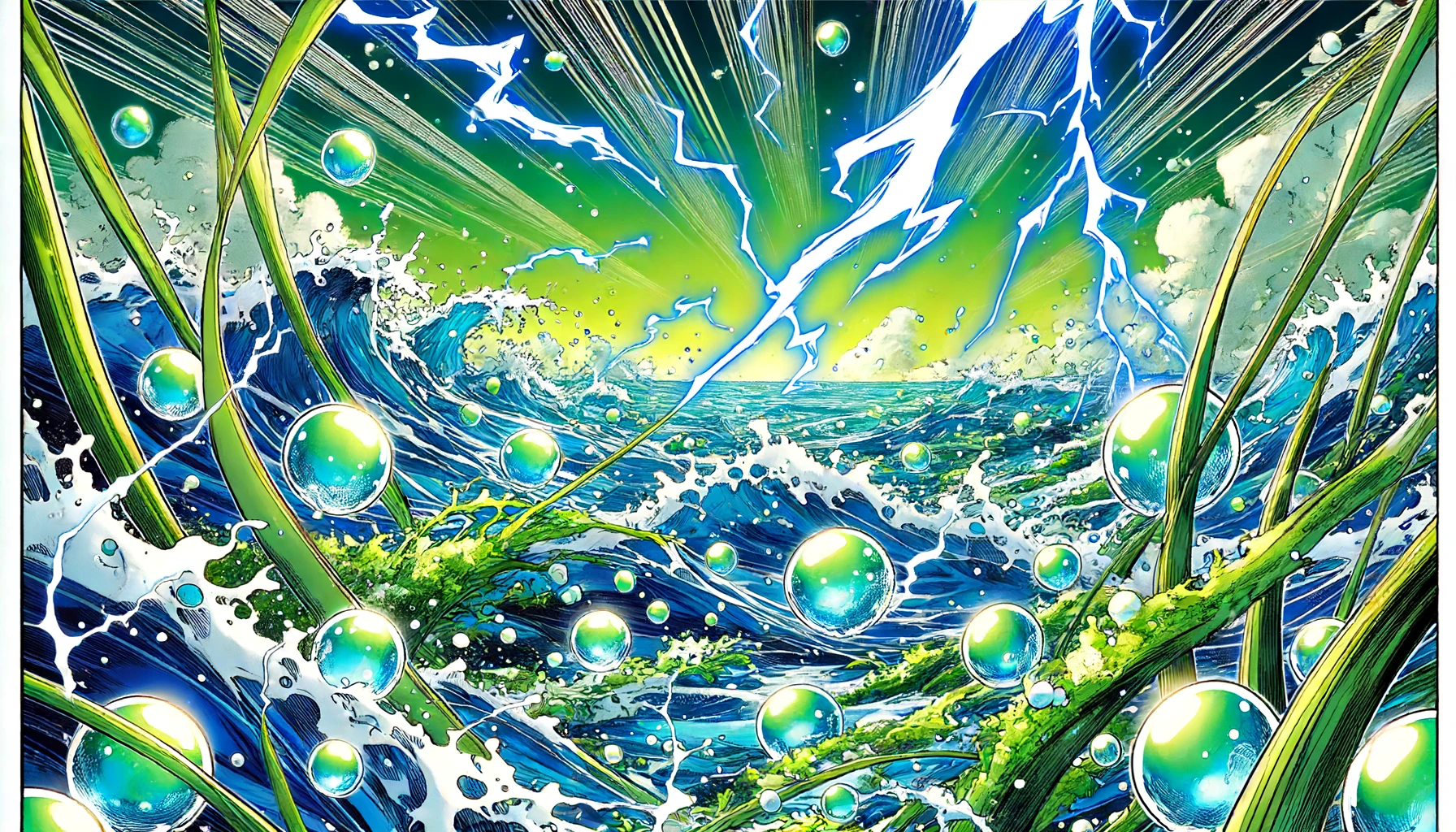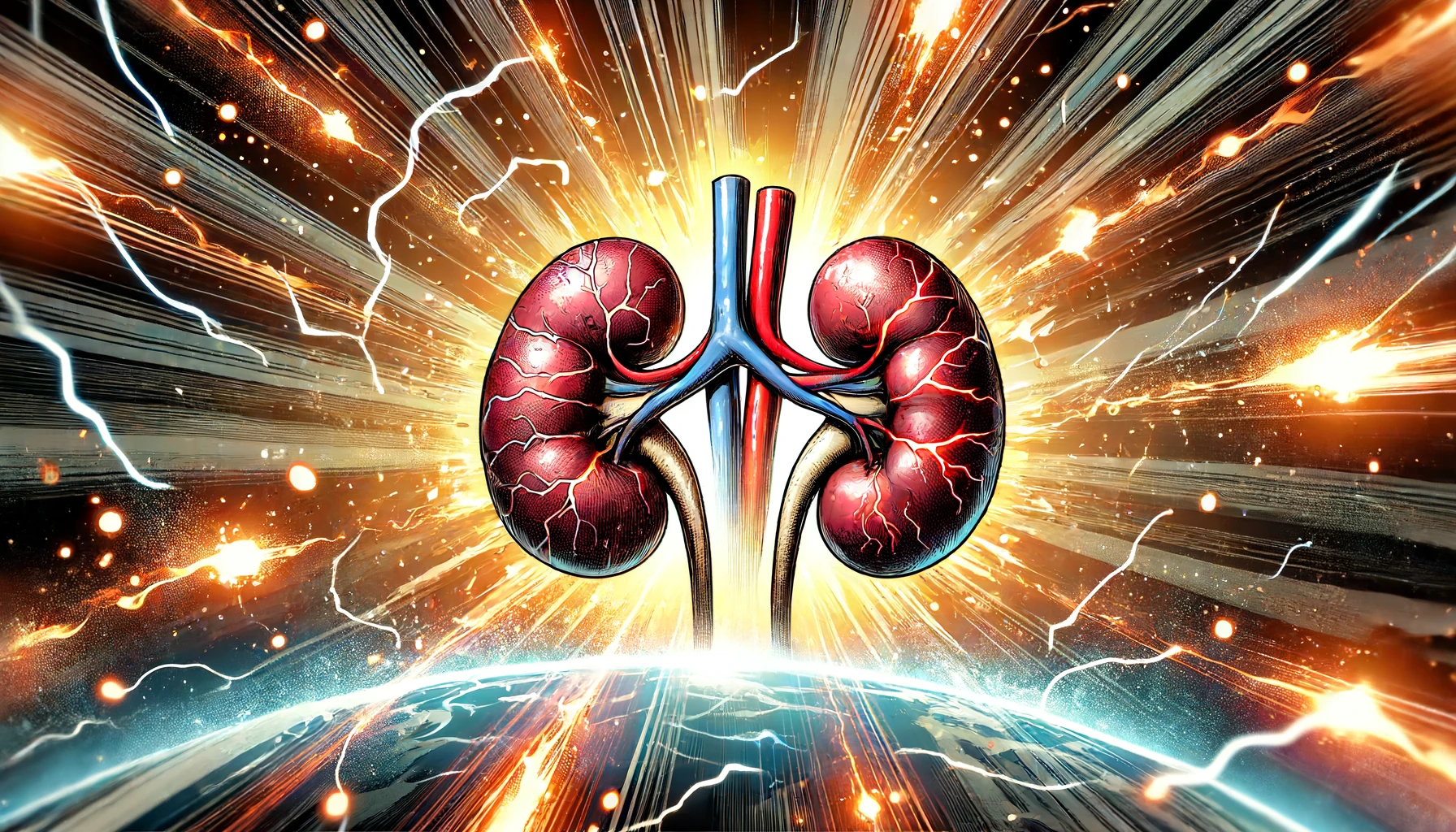Researchers from the Tohoku University in Japan have discovered that breccia rocks in the Ichinokawa Mine record valuable seismic activity evidence.
From Tohoku University 20/06/24. Title by Superinnovators.
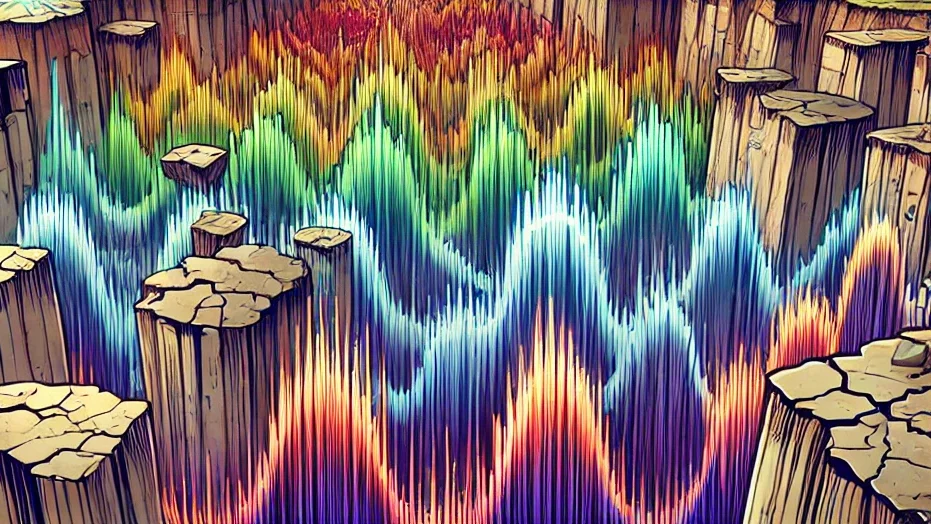
During a 2017 research field trip to the Ichinokawa Mine (Ehime prefecture), which is famous for beautiful, sword-shaped stibnite crystals, Noriyoshi Tsuchiya found something unexpected.
Although most would be entranced by the glittering crystals, it was a sedimentary rock bundle called breccia that caught his eye.
“I could not stop thinking about the breccia,” Tsuchiya (professor at the Graduate School of Environmental Studies, [Tohoku University], and the Hachinohe National College of Technology) explains, “We visited the mine several times and discovered that the breccia records the traces of earthquakes and provides valuable evidence to estimate the energy of past earthquakes.”
In the same way that the number of rings in a tree can tell us its age, the characteristics of rocks such as breccia can tell us about the history of a region.
The Ichinokawa breccia are unique in that they can retain a record of the frequent seismic activity that occurs along the Median Tectonic Line (MTL).
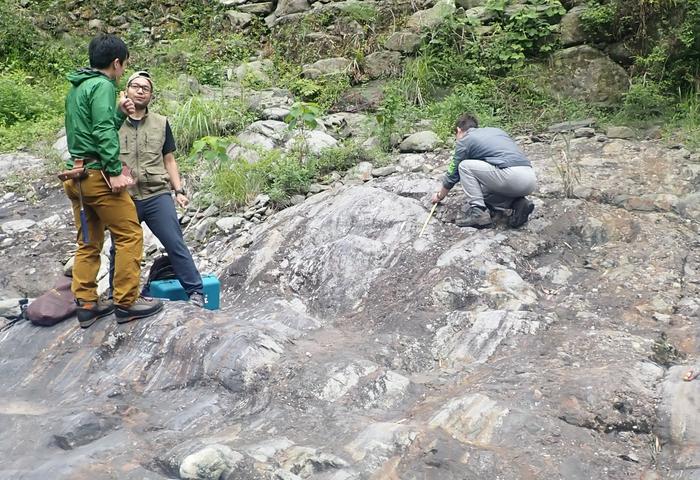
The MTL is a fault line that extends approximately 1000 kilometres along the southwest region of Japan.
This makes the breccia formed in this area to be of particular interest to researchers.
In this study, Tsuchiya and their team assessed fragmented rocks both in the field and in the lab by extracting sections (slices so thin that they allow light to penetrate) from the collected rocks to observe under a microscope.
The energy dissipated by the past earthquake was successfully estimated on the basis of statistical and fractal analyses of angular deformation and the powdery texture of rocks from a micro to macro scale.
It was found that the surface energy required to explain the naturally occurring distribution of fractured rocks was considerably greater (about 100 times greater) than the surface energy required from a single impact fracture experiment on a rock performed in the laboratory.
Many factors were assessed in order to calculate the energy and nature of the earthquake.
For example, close observation of breccia revealed the formation of carbonates such as CaMg(CO3)2.
Since the host rock that broke off did not contain any carbonates, it was deduced that this mineral must have formed after the formation of breccia.
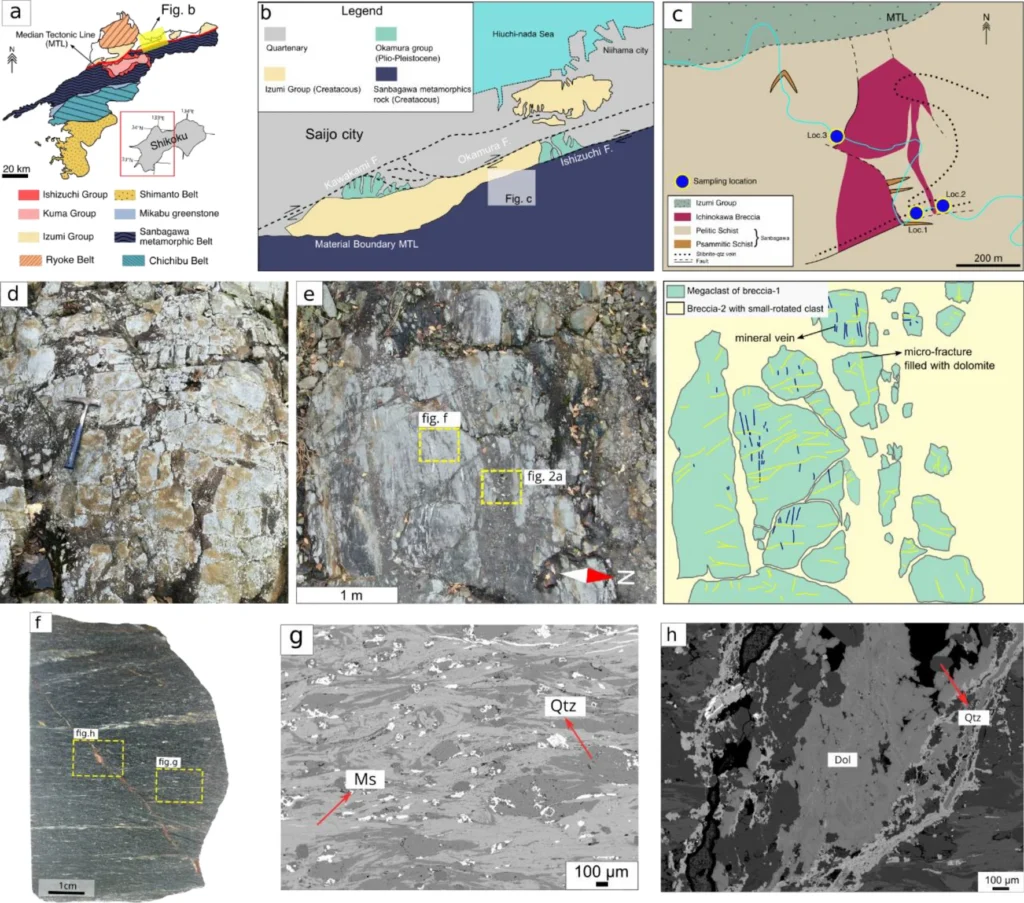
They concluded that the earthquake did not occur just once, but repeatedly, and that caused the fine particles to be crushed into even finer particles.
Their findings suggest the Ichinokawa breccia were formed by 10-100 earthquakes with a moment magnitude (an index of seismic energy) estimated to be 5.8-8.3 Mw.
Further analysis revealed that the breccia had a very unique pattern of fragmentation (or pulverization).
“Previous models designed to explain the earthquake history use a different theory, based primarily on hydrofracturing.”
“However, we adopted a multi-disciplinary approach, so our analysis can be used to propose a new model that takes more factors into account,” Tsuchiya adds.
This study, which was a collaboration with the National Institute of Technology and Hachinohe College, may redefine our understanding of the coseismic energy budget in this region.
These findings were published in Scientific Reports on May 27, 2024.





